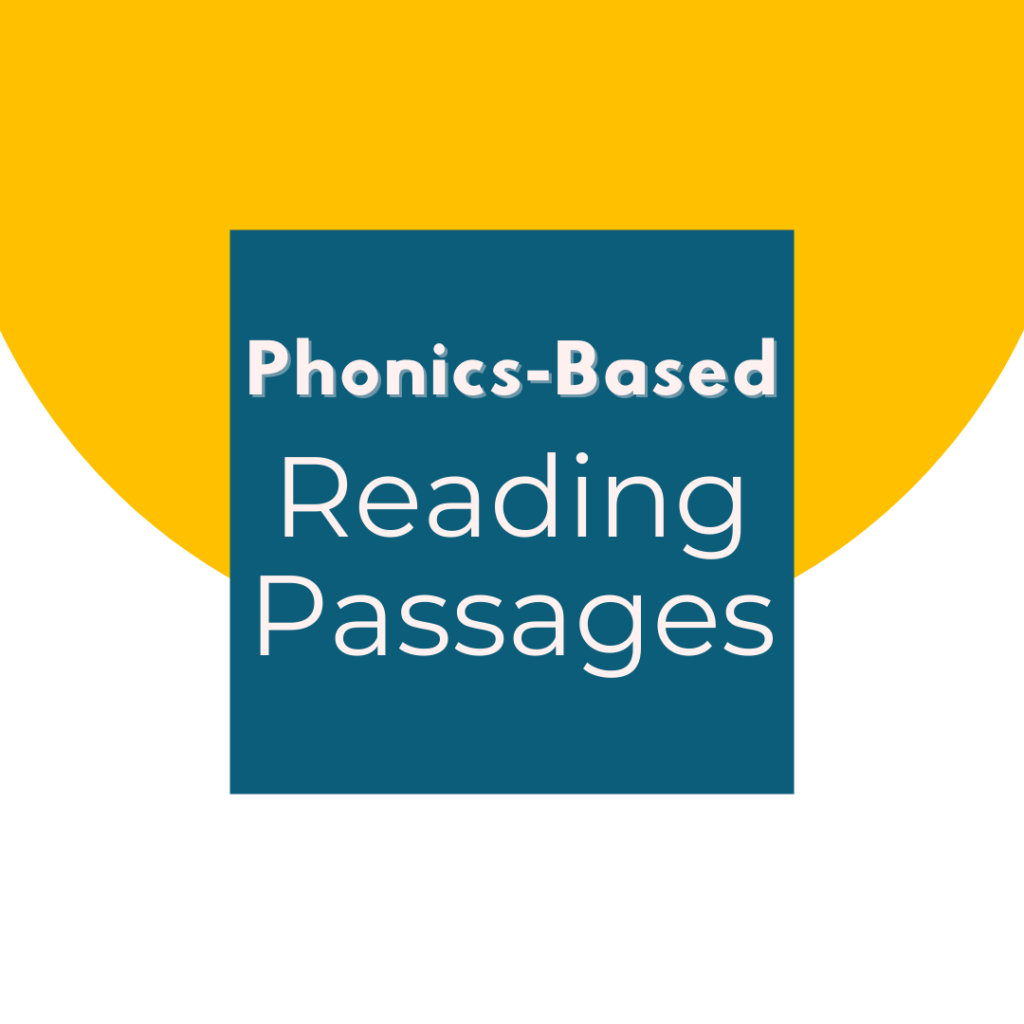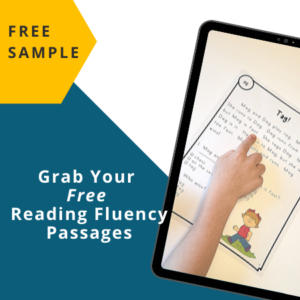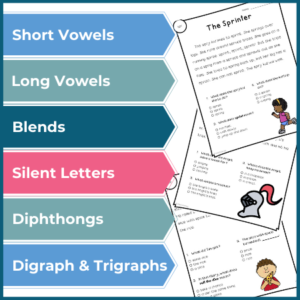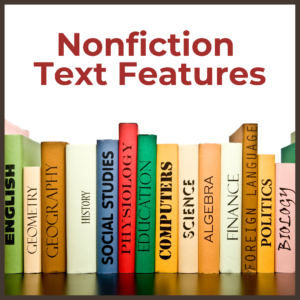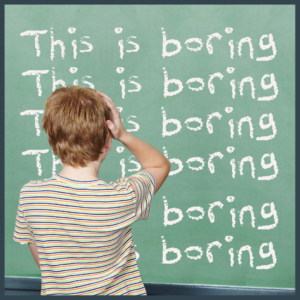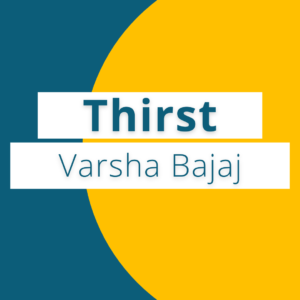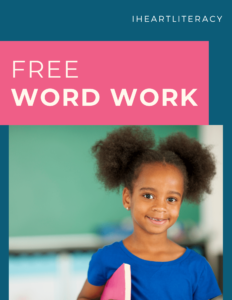Decodable reading passages are an amazing tool for 1st and 2nd grade students! Phonics-based reading passages allow students to get their hands on text they can read, feel successful, build confidence, and build reading skills all at the same time.
What is a Phonics-Based Reading Passage?
Have you ever had your 1st or 2nd grade reading curriculum not match your students’ actually reading abilities? Yeah, me too!
Many first graders are just learning how to blend sounds together to decode words, and the text selections in the district provided anthologies might cover a phonics skill here and there, but they are lacking repeated practice of the phonics skills you’re teaching.
Same with 2nd grade. Second graders often have the basics down, but as they learn more advanced phonics skills, the resources provided by your district just don’t meet your students’ needs.
This is where phonics-based reading passages save the day!
A phonics-based passage is a short text that contains repeated practice with a specific phonics skill. You’re teaching short i words? Great! A phonics-based reading passage will contain a multitude of short i words to maximize repeated practice with the skill. How about teaching the long o “oa” or digraphs like “sh” and “ch.” Phonics-based reading passages will target these specific skills so your students can get the repeated in-text practice they need to master the skill.
So why should you use phonics-based reading passages?
The repeated practice offered in phonics-based passages allows students to apply the phonics skills being taught, build confidence with repeated practice, and feel successful as they master the skills.
How to Use Phonics-Based Reading Passages
Step #1 – Teach
First, you will teach the phonics skill you are highlighting that week. Use strategies like direct, whole group or small group instruction to introduce the sound and spelling. Provide examples. Decode words in isolation. Build a foundation.

Step #2 – Model
Provide more modeling of decoding words in isolation. The example words you use can be pulled directly from the phonics-based reading passage. After modeling words in isolation. Model reading the passage to students. This can be done whole group via projector or Smartboard or in small groups where each student has their own copy of the passage and are following along. This primes students for independent practice.
Step #3 – Independent Practice
After modeling the passage for students, each student can take their own copy of the phonics-based reading passage and read it independently to themselves. Before students begin reading, be sure to discuss the goal of this independent practice. The goal should be accuracy not speed.
Before students build speed with reading, they should develop accuracy, especially around the specific phonics skill you are working on. As students read and build accuracy, speed will naturally increase.

Step #4 – Partner Practice
Once students have practiced independently, they are ready to practice with others. Use teacher-selected partners to have students read in groups of two.
Set the stage for successful partner reading by again, emphasizing that the goal is accuracy not speed. Also, model what good listening looks like. I like to have my listening partners listen for one nice compliment while their partner is reading. Constructive feedback comes later after we’ve practices positive feedback first.
Have partner one read first while partner two practices their listening skills. Once partner one is finished reading, their peer can provide positive feedback. Then, switch roles and repeat.

Bonus – Home Practice
Depending on your students’ home lives, reading to an adult at home may or may not be a reality. That doesn’t mean that students still can’t practice at home.
Even if an adult or older sibling is not available, I encourage all of my students to find a good listener at home. This may be their pet, a stuffed animal, or their favorite toy. One of my students even told me that Optimus Prime said he did a good job tackling silent letters!
With all at-home work, some students may not complete it, but for those that do, the extra not only practice reinforces phonics skills but it also reinforces the idea that reading is a part of our everyday life by reading across multiple settings.
Practice, Practice, Practice
The best way for 1st and 2nd graders to build their reading skills is to read. Using phonics-based reading passages in a variety of ways – by modeling, independent practice, partner practice, and if possible home practice – helps students build accuracy and fluency through repeated practice.
Grab You Decodable Reading Passages
If you need phonics-based reading passages to build your students skills, try our free sampler: Free Reading Passages
And if your students are ready to dive into specific phonics skills, check out our whole line of Phonics Based Reading Passages

